Robson lab - Berlin Institute for Medical Systems Biology (MDC-BIMSB) & Mundlos Lab - Max Planck Institute for Molecular Genetics |
Genome Regulation, Nuclear Envelope, LADs
www.nature.com/ng/volumes/5...
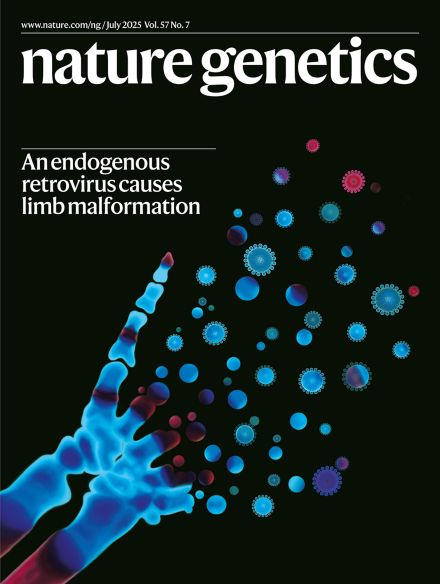
www.nature.com/ng/volumes/5...
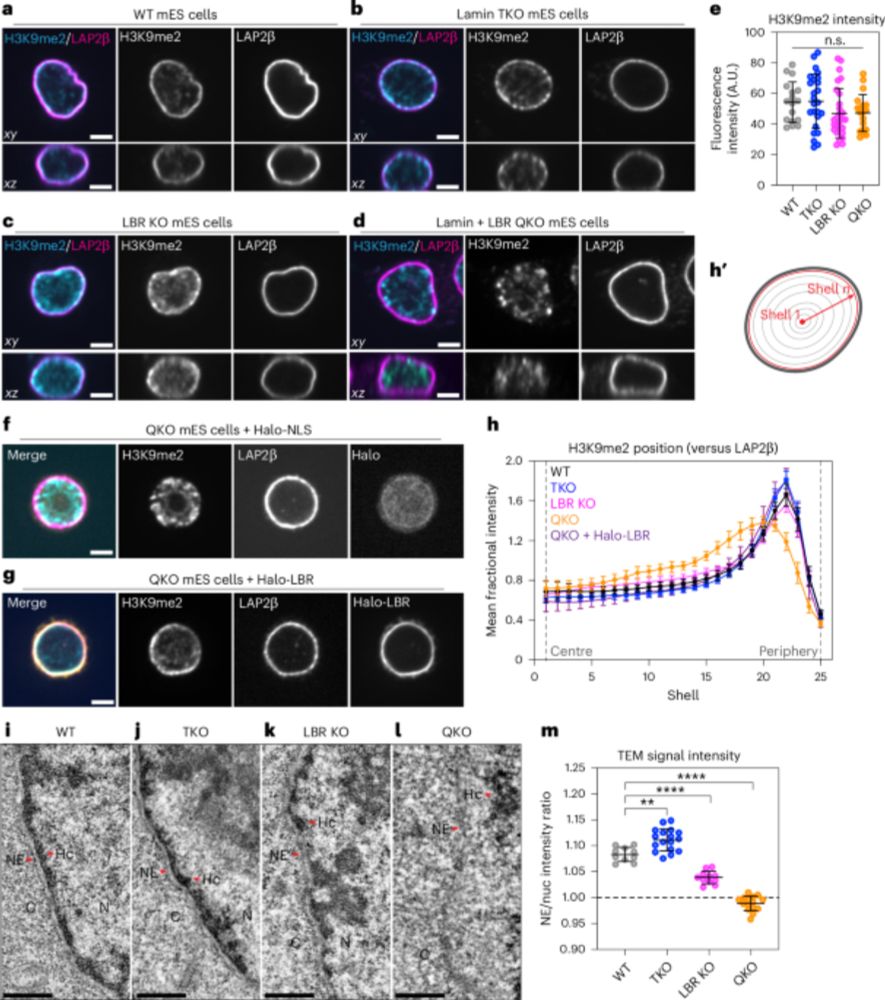
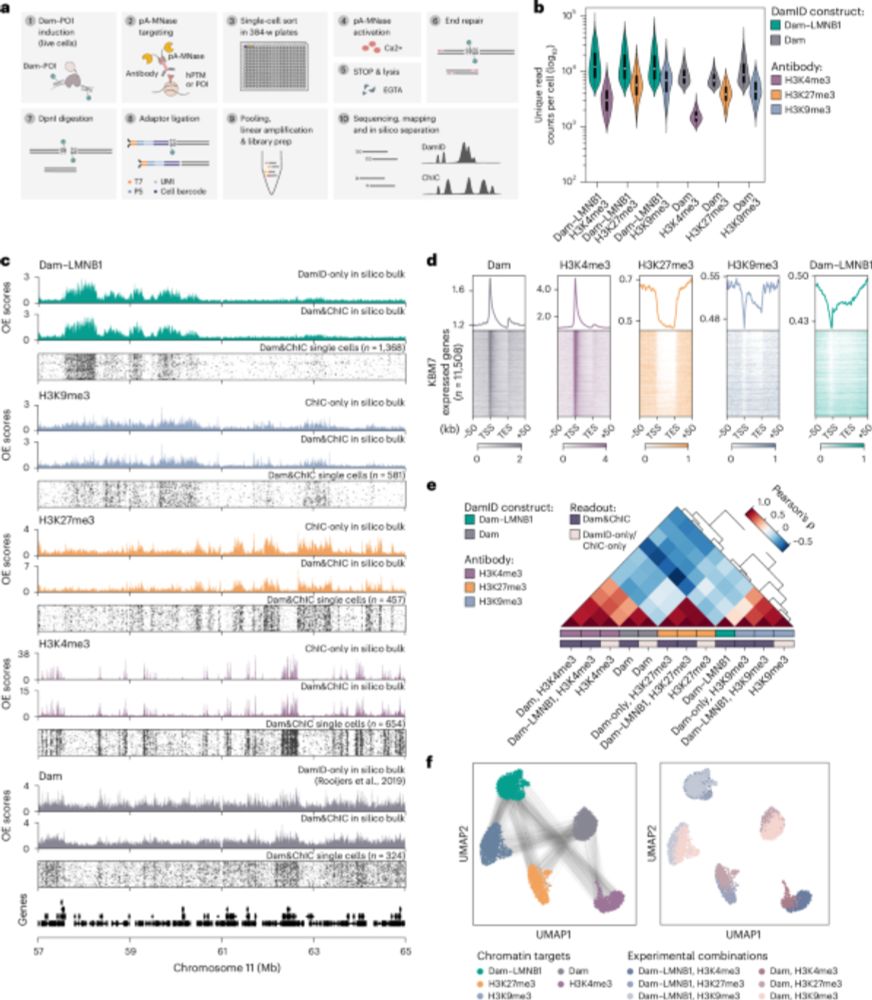
Below is a brief description of the major findings. Check the full version of the paper for more details: www.nature.com/articles/s41588-025-02248-5

Below is a brief description of the major findings. Check the full version of the paper for more details: www.nature.com/articles/s41588-025-02248-5
Deadline July 15th.
www.mdc-berlin.de/career/jobs/...
Deadline July 15th.
www.mdc-berlin.de/career/jobs/...

www.biorxiv.org/content/10.1...
🧵 below

www.biorxiv.org/content/10.1...
🧵 below
Check out our paper - fresh off the press!!!
We find widespread functional conservation of enhancers in absence of sequence homology
Including: a bioinformatic tool to map sequence-diverged enhancers!
rdcu.be/enVDN
github.com/tobiaszehnde...
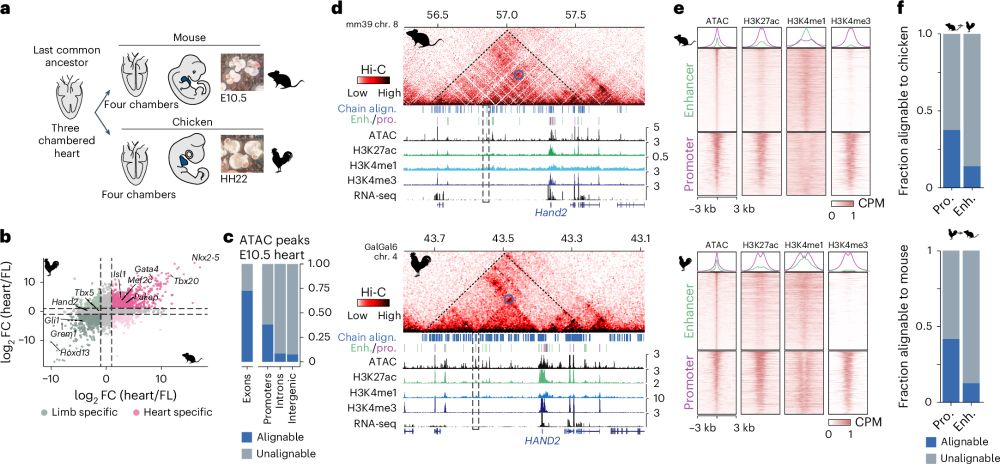
Check out our paper - fresh off the press!!!
We find widespread functional conservation of enhancers in absence of sequence homology
Including: a bioinformatic tool to map sequence-diverged enhancers!
rdcu.be/enVDN
github.com/tobiaszehnde...
A huge thanks to the @dfg.de and @hfspo.bsky.social for supporting us.
Stay tuned! PhDs/Postdocs coming soon!
www.mdc-berlin.de/news/news/mi...

A huge thanks to the @dfg.de and @hfspo.bsky.social for supporting us.
Stay tuned! PhDs/Postdocs coming soon!
www.mdc-berlin.de/news/news/mi...

www.mdc-berlin.de/news/news/mi...
Ever wondered how cells prepare their genomes to enable new cell-fates? In this team up with the Kind lab, we show that genes are repositioned in the nucleus to get ready for future activation and tissue formation. Read 🧵👇 to find out how and when this happens!
doi.org/10.1101/2025...
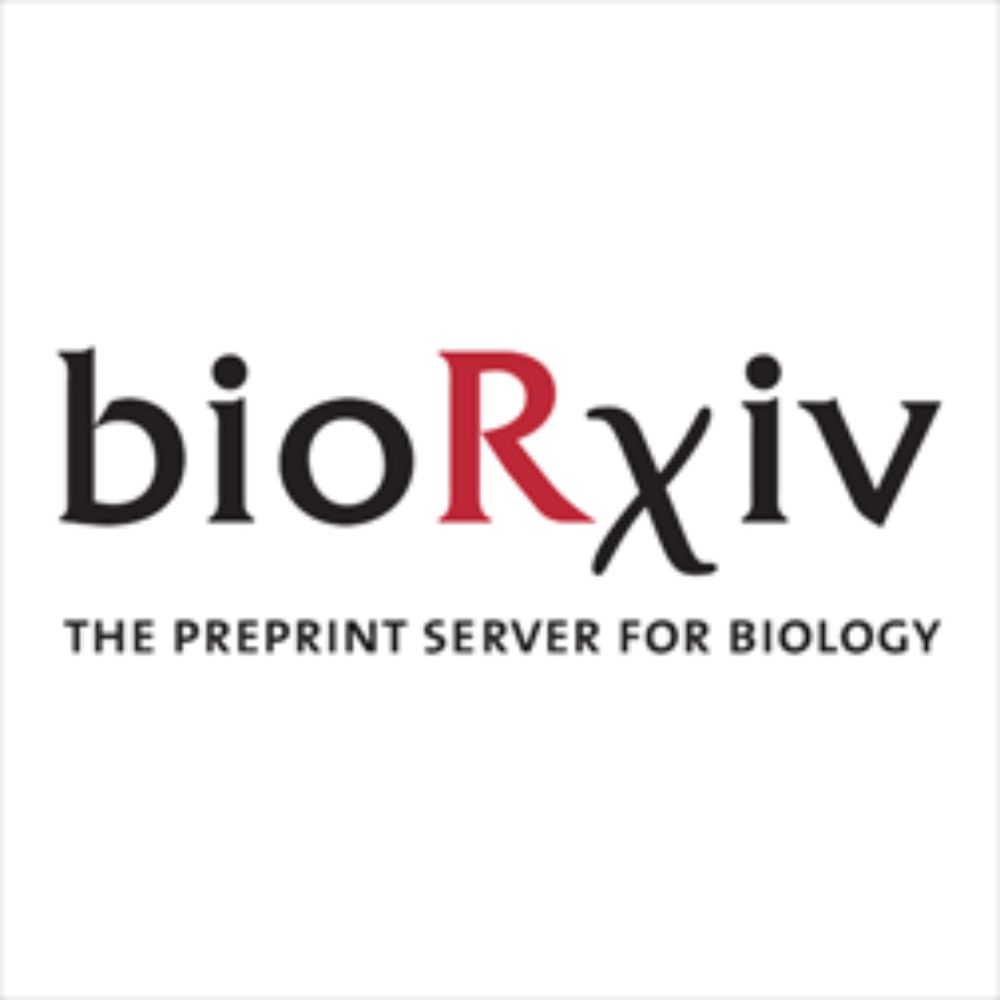
Ever wondered how cells prepare their genomes to enable new cell-fates? In this team up with the Kind lab, we show that genes are repositioned in the nucleus to get ready for future activation and tissue formation. Read 🧵👇 to find out how and when this happens!
doi.org/10.1101/2025...
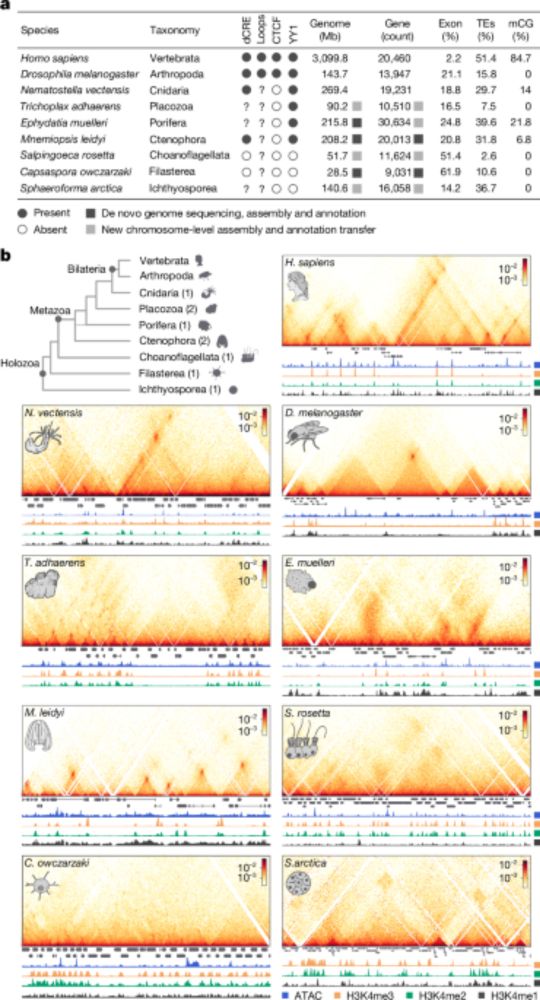
Excited to share our work on "Ab-trapping," an antibody artifact causing misleading peripheral ("rim") staining in imaging & genomics (IF, CUT&Tag, CUT&RUN). Antibodies fail to penetrate structures, accumulating at the periphery. A 🧵👇
doi.org/10.1101/2025...

Excited to share our work on "Ab-trapping," an antibody artifact causing misleading peripheral ("rim") staining in imaging & genomics (IF, CUT&Tag, CUT&RUN). Antibodies fail to penetrate structures, accumulating at the periphery. A 🧵👇
doi.org/10.1101/2025...

